+86 13114821598
Pump Troubleshooting
03. 07, 2023
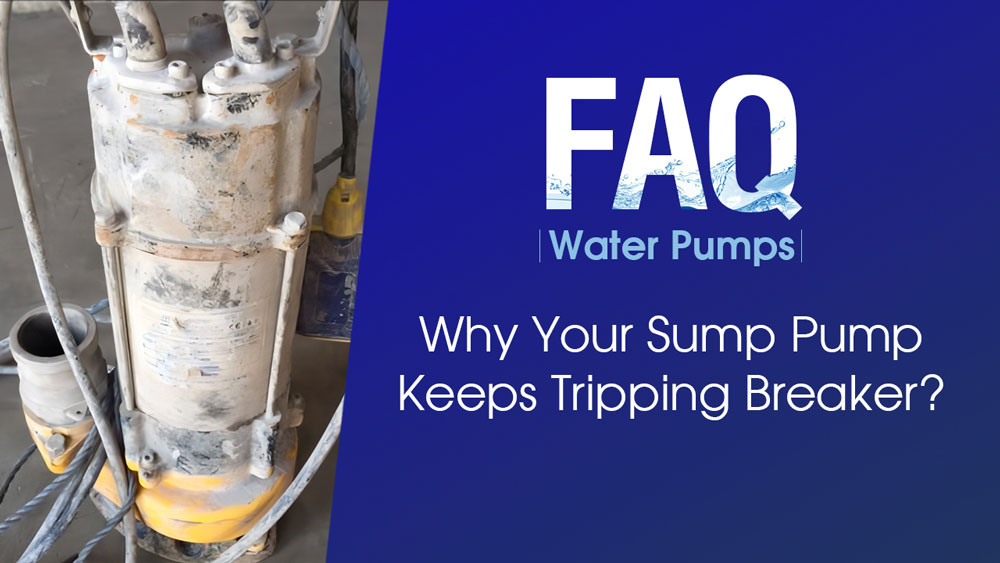
If you are a pump dealer, you might come with the claims: “my sump pump is tripping out””the pump tripped circuit breaker when connected to power””my pump is shorting out”.
You’re not alone. Through years’ experience with submersible pumps, pump tripping breaker is one of the most common problems we received from our customers.
If you've noticed that sump pump is tripping the breaker, it's important to address the issue promptly to prevent damage to the pump or other electrical components. If damage already occurs, it is also important to know why it happens and how to prevent from next pump.
In this article, we'll explore some of the common reasons why sump pumps trip breakers and provide tips for preventing this from happening.
Reasons Why A Sump Pump May Trip A Breaker
Overload:
One of the most common reasons why a sump pump trips the breaker is because it is drawing too much current than the breaker is designed to handle. Drawing too much current can cause the wiring and components overheat, which will damage the pump or even create a fire hazard. This could happen if the pump motor is working too hard to pump water from the sump pit, or if the pump is clogged with debris or other obstructions. When the pump motor works harder to overcome these obstacles, it draws more current from the electrical circuit, which can cause the breaker to trip, and finally get damaged.
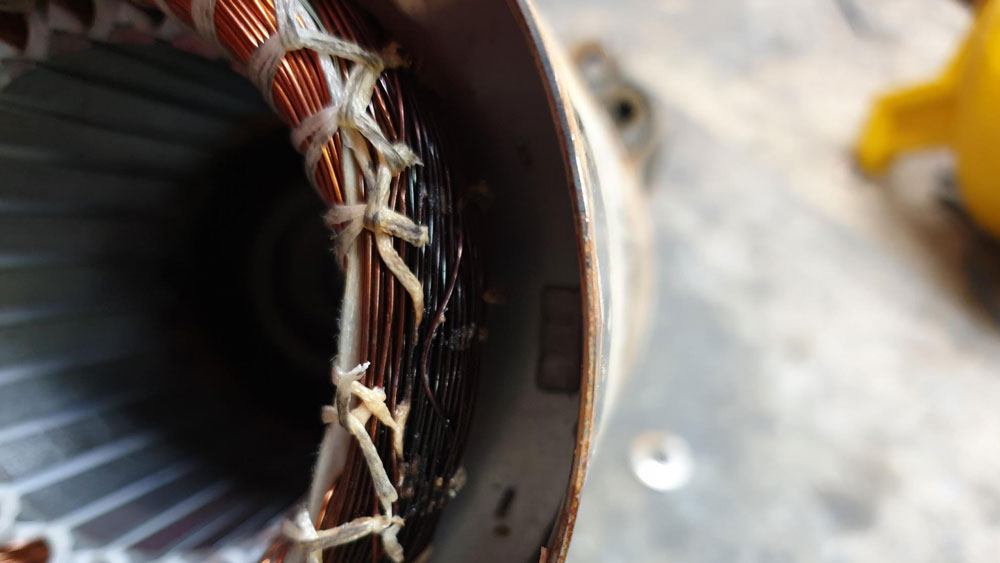
Wiring Issues:
Another potential cause of a tripped breaker is wiring issues. Wiring issues can cause short circuits in motors or pumps, leading to tripping of circuit breakers.
The reasons for this include:
Incorrect wiring:
If the power wires of the motor or pump are connected to the wrong wires or if the polarity of the power wires is incorrect, it may cause a short circuit, which can lead to tripping of circuit breakers.
Overloaded wiring:
If the motor or pump is connected to a circuit that is already carrying a heavy load, it may cause tripping of circuit breakers. For example, if the motor or pump is connected to a circuit that also powers another high-power device, it may cause overloading.
Damaged Wiring:
If the power wires are damaged, such as by aging, breaking, wearing, or cracking, it may cause a short circuit, leading to tripping of circuit breakers.
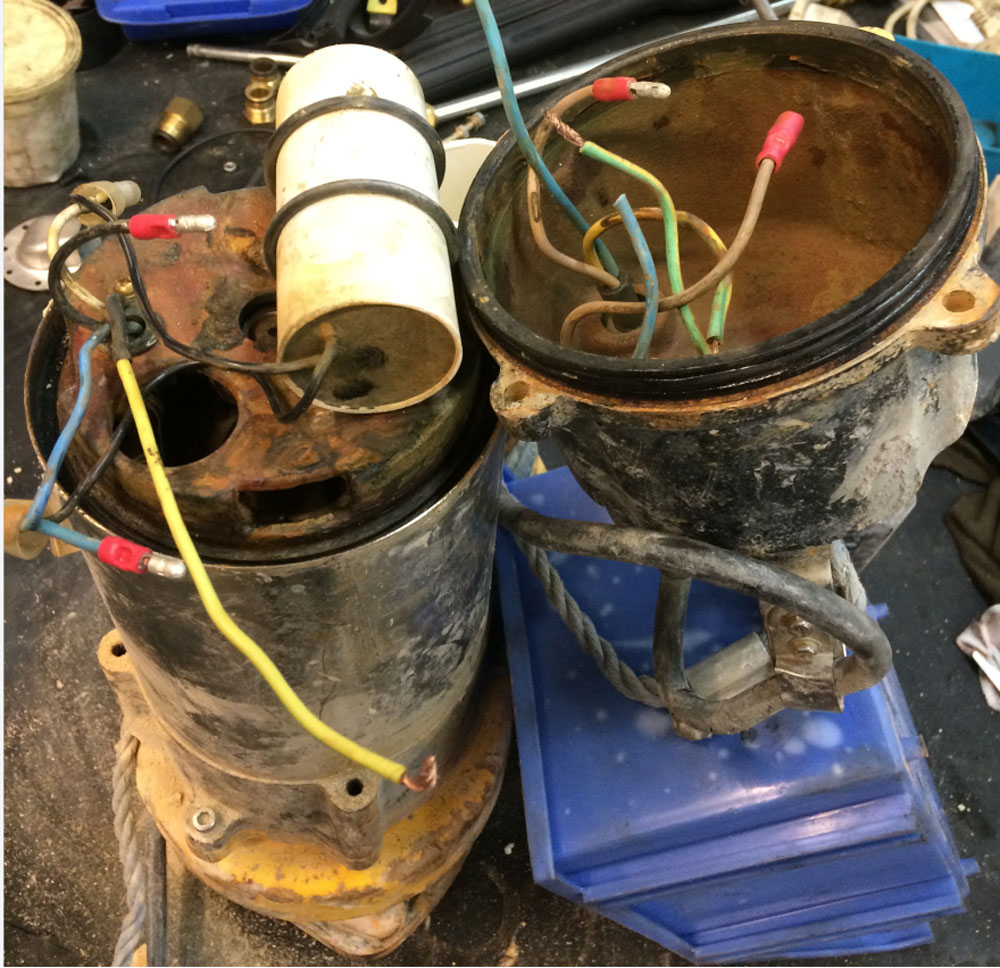
Switch Issues:
The float switch is an essential component in the sump pump that controls the water level and protects the pump from damage due to dry running or overloading. When there are issues with the float switch, it can cause the following problems that may result in the sump pump tripping its breaker repeatedly:
Faulty Switch:
If the float switch fails to rise or fall, it can cause the sump pump to fail to start or stop properly, which can lead to overloading or dry running and cause the sump pump to trip its breaker.
Improper positioning:
If the float switch becomes stuck or is fixed in the wrong position, it can result in false signals, causing the sump pump to cycle on and off frequently, which can cause the sump pump to trip its breaker repeatedly.
Leaking issues:
If the wiring that connects the float switch is damaged, disconnected, or aged, it can result in the signals not transmitting properly, causing the sump pump to fail to operate normally, which can lead to the sump pump tripping its breaker.
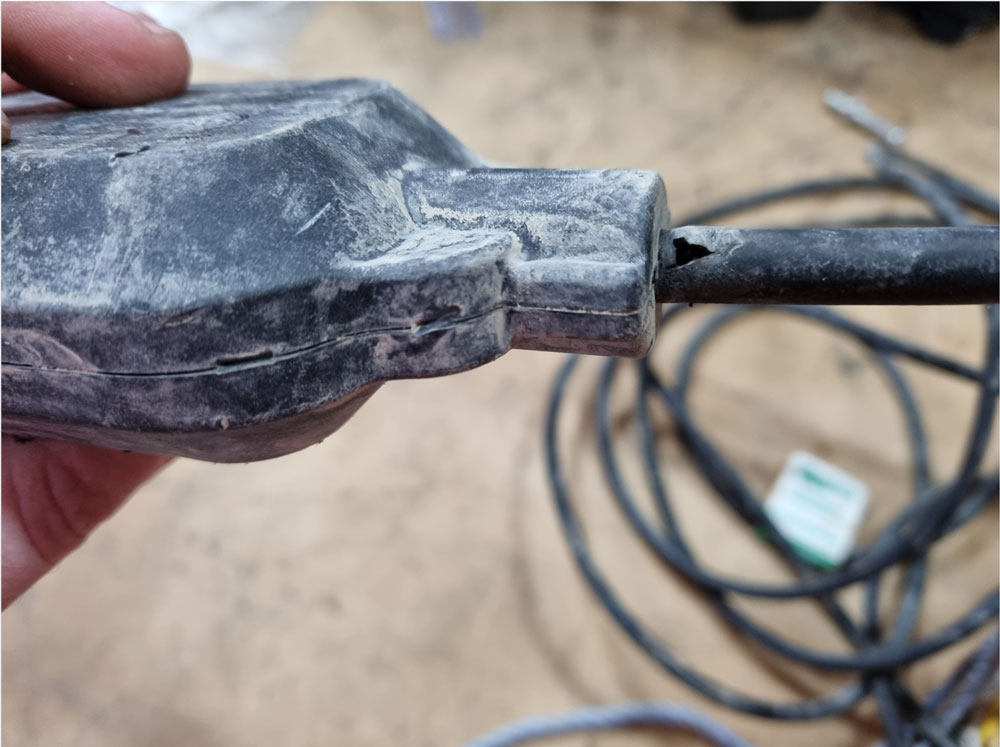
Clogged impeller:
A clogged impeller could put excessive strain on the pump motor, leading to overheating and increased current. As a rotating component inside the pump that creates suction of water from the sump pit, the impeller can be clogged with debris, such as mud, sand, or gravel. It will reduce the flow rate of water, and add friction which let the pump work harder. This increased workload can cause the pump motor to overheat and draw more current than the circuit breaker is designed to handle, which can cause the breaker to trip and shut off the power to the pump.
TIPS to Prevent A Sump Pump From Tripping Out
Regular maintenance:
One of the best ways to prevent a sump pump from tripping a breaker is to perform regular maintenance. This includes cleaning the pump, checking the float switch, and inspecting the wiring and connections for any signs of damage or wear.
Proper sizing:
Ensure that the sump pump is properly sized for the sump pit it is servicing. An oversized pump can draw too much current and overload the circuit, leading to a tripped breaker.
It is also important to size the cable when you choose the sump pump. If the pump is required to work in heavy duty or adverse conditions like construction sites, rental and hire business, it is recommended to choose a thicker cable.
Proper installation:
Ensure that the sump pump is installed correctly and that all wiring is properly connected and secured.
Addressing issues promptly:
If you notice any issues with the sump pump, such as unusual noises or vibrations, address them promptly to prevent damage and avoid tripping the breaker.
In conclusion, a tripped breaker can be an indication of several issues with a sump pump, including overload, wiring issues, faulty switches, frozen discharge lines, and clogged impellers. Preventive measures such as regular maintenance, proper sizing and installation, winter preparation, and prompt addressing of issues can help to prevent these problems and ensure that your sump pump operates effectively and safely.
Frequently Asked Questions of Sump Pumps:
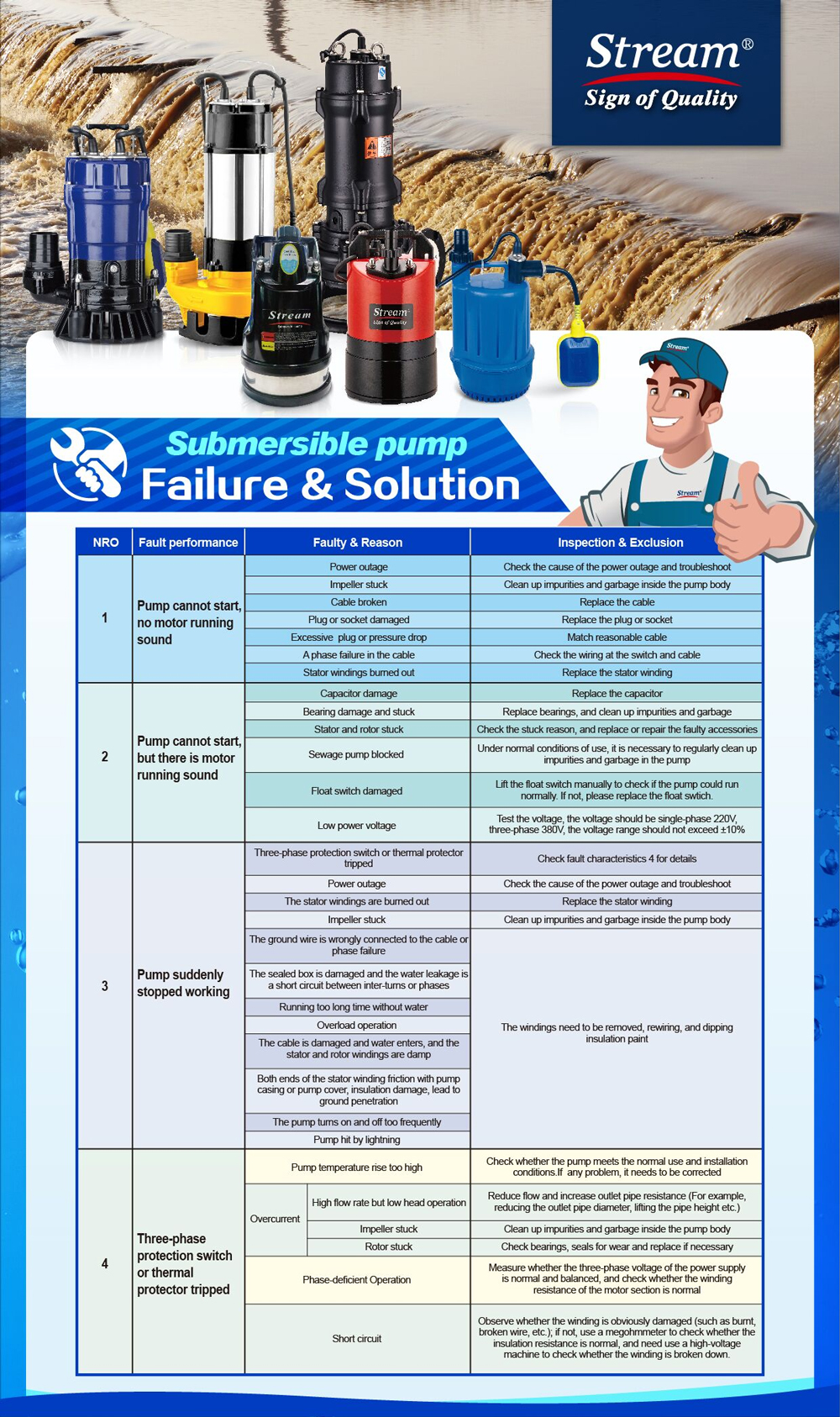
Address
No.17 XeDa Jimei Ind. Park, Xiqing Economic Development Area, Tianjin, China
Telephone
+86 13114821598
QUICK LINKS